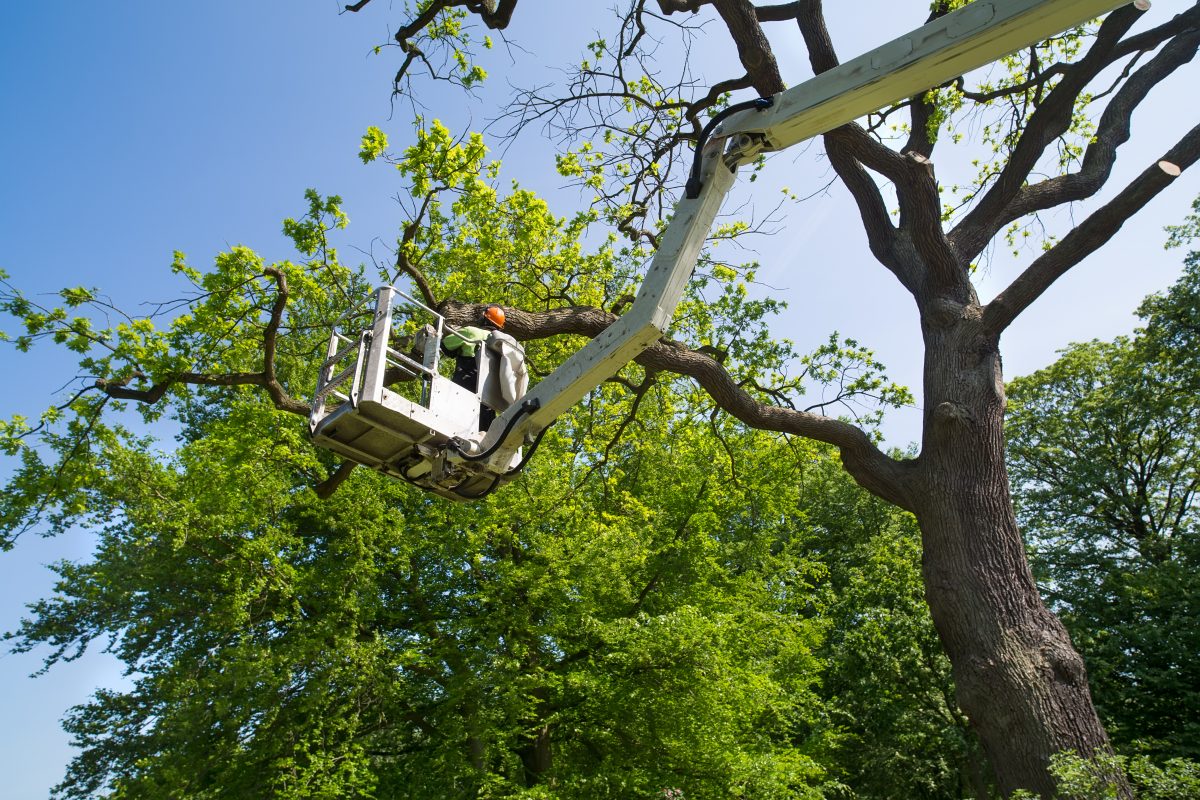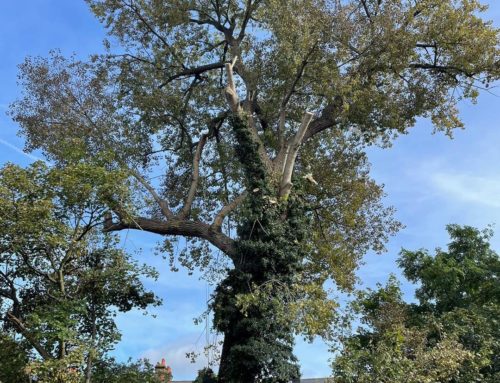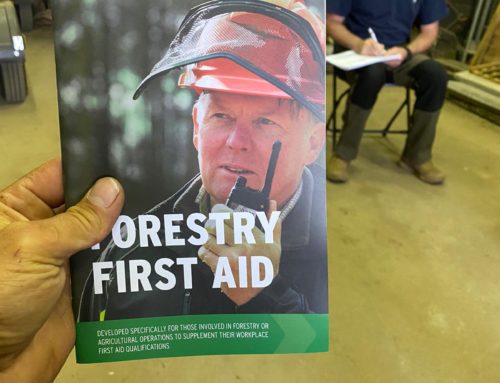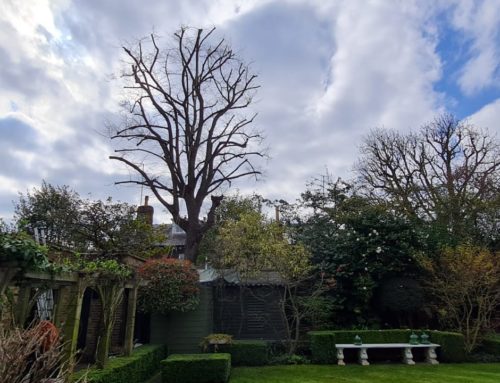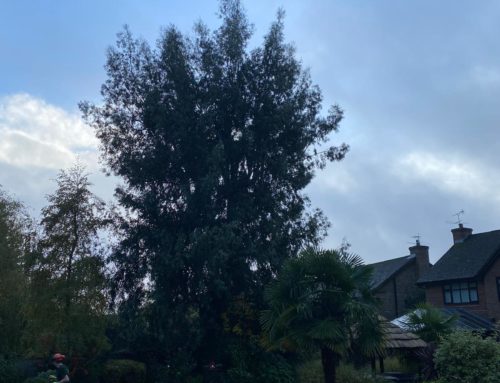Tree surgery terms explained
Crown Thinning
This allows more light through the upper most part of the tree (the crown) reducing the density of the tree without changing the overall shape and size of the tree. It is a common method with broad-leaved species such as; Hazel, Oak, Beech and Ash. The intent of crown thinning is to improve the tree structure and increase air flow and light penetration.
This method also reduces the weight of each limb and branch, making the tree healthier and stronger in adverse weather conditions.
Crown Reshaping or Reduction
Crown reshaping (or reduction) is a common technique is tree pruning. This is when the crown of the tree is made smaller for a balanced shape and is more extensive way of pruning. Crown reshaping can balance a misshapen tree after a storm and is also used to prevent tree branches from obstructing telephone lines. Crown reshaping is also useful when the tree has become too large within its position, but the tree cannot be removed. The procedure consists of cutting foliage from the outer edge towards the crown.
Crown Lifting
Crown lifting is the removal of the lowest branches to a specific height. This is usually achieved by removing the smaller branches to minimise stress to the tree. Crown lifting separates the trees canopy from the ground and often carried out when pedestrians and vehicles need to pass underneath the tree for parking and pavements etc.
Pollarding
Tree pollarding is the removal of all small branches and shoots, preventing trees from outgrowing an allocated space. The tree has been cut back and repeatedly pruned to the same point creating a ‘knuckle’ like effect. This technique maintains good tree health and controls growth. Pollarding can be carried out once a year, depending on the species, but more often than not, carried out every few years. This is a common method of control on species such as; Lime, Elm, Oak and Ash.
Tree Lopping
Tree lopping is the removal of particular tree limbs for a specific purpose, whether they are damaged, broken or dead. This is something that many homeowners should consider in the Autumn when there is little to no growth or sap transport in the tree.
Tree Felling
Tree felling involves removing a tree to ground level and can be achieved in 2 ways. If there is a lack of space, the tree may need to be dismantled in small pieces, or felling the tree from ground level/ sectional felling in larger pieces. The latter of procedures can only occur if there is adequate space around the tree.
Stump Removal
This is the last stage of permanent tree removal, after a tree has been felled there will be a ground level stump. It’s not necessarily a bad thing to leave in the ground but can cause problems in the future.

